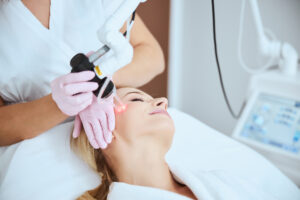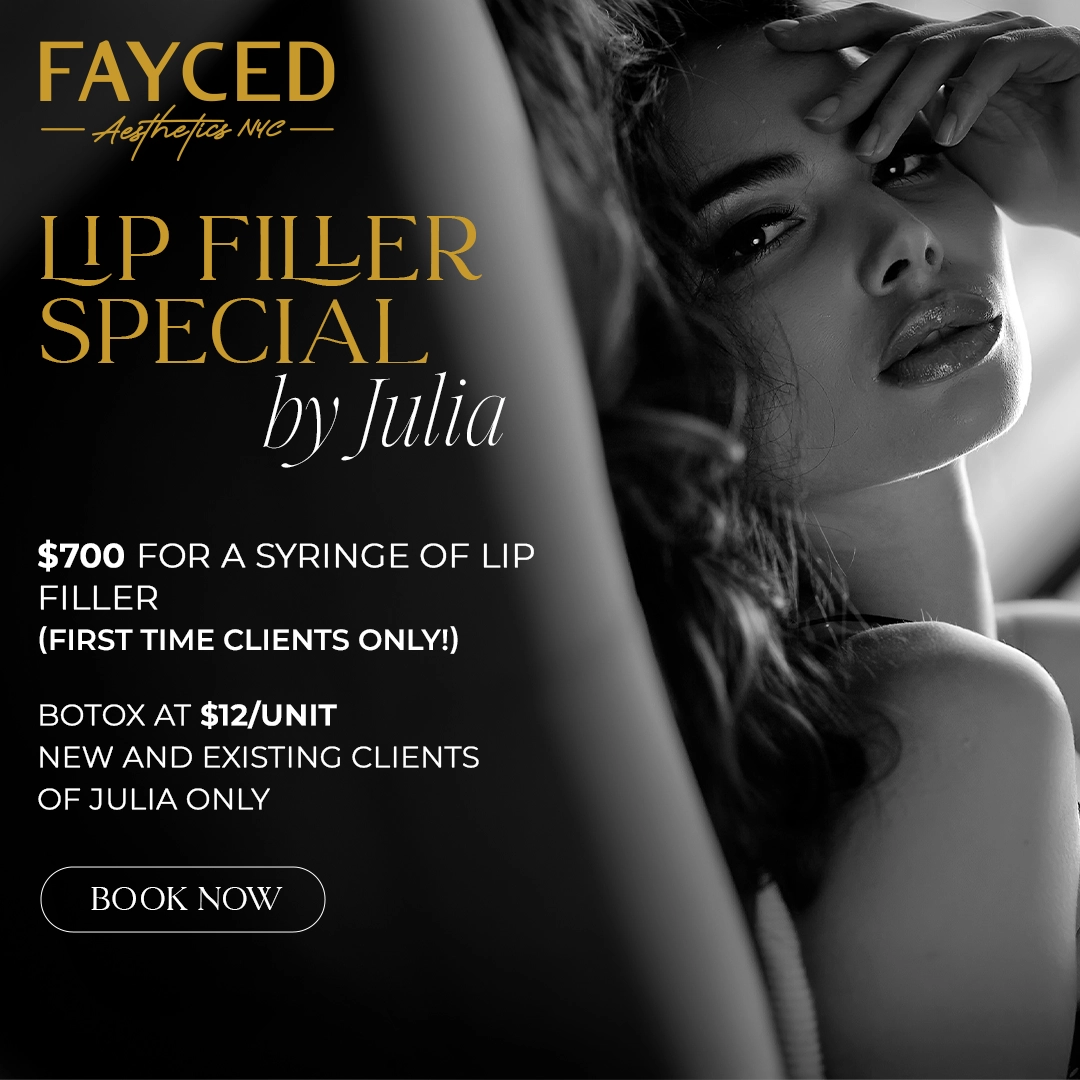Table of Contents
PRP facial restoration has recently gained significant popularity as a non-surgical anti-aging treatment. This procedure involves extracting a small amount of the patient’s blood, processing it to concentrate the platelets, and injecting this platelet-rich plasma (PRP) into the face. The goal is to harness the body’s natural healing mechanisms to stimulate collagen production, improve skin texture and elasticity, reduce fine lines and wrinkles, and achieve a more youthful, radiant complexion.
While PRP facial restoration may sound complex, it is a minimally invasive treatment with minimal downtime. Unlike invasive surgical procedures, it leverages the body’s own regenerative capabilities, making it a safe and natural alternative for those seeking anti-aging benefits. The treatment’s versatility also allows for customization based on individual needs and concerns, making it a popular choice among various age groups and skin types.
Platelet-rich Plasma Facial: How It Works
Platelet-rich plasma (PRP) facial restoration works by tapping into the body’s natural healing process. Platelets, cells found in blood, are responsible for tissue repair and regeneration. PRP is a concentration of platelets in plasma, a component of your blood. The plasma, being the liquid portion of blood, serves as a carrier for these platelets and other nutrients.
The growth factors in PRP make it particularly valuable for facial rejuvenation. These factors include platelet-derived growth factor, transforming growth factor, vascular endothelial growth factor, and others. They help by:
- Stimulating Collagen Production: Collagen is a critical protein in the skin that provides structure and elasticity. As we age, collagen production declines, leading to wrinkles and sagging. Growth factors can stimulate fibroblasts, the cells responsible for collagen production, thereby improving skin texture and firmness.
- Enhancing Angiogenesis: Growth factors can promote the formation of new blood vessels (angiogenesis), which improves blood supply to the skin. This increased blood flow can result in a healthier, more vibrant complexion.
- Promoting Cell Growth and Proliferation: PRP can help accelerate the proliferation of cells necessary for skin repair and regeneration. This can reduce the appearance of scars and promote a more uniform skin tone.
PRP Facial Rejuvenation Benefits
From addressing fine lines and wrinkles to improving skin texture and radiance, PRP facial restoration delivers a comprehensive range of advantages that set it apart from traditional cosmetic procedures.
- Natural anti-aging effects: PRP stimulates the body’s natural production of collagen and elastin, improving skin texture and elasticity and reducing fine lines and wrinkles.
- Minimal downtime: As a non-surgical procedure, PRP facial restoration requires little to no downtime, allowing patients to resume their normal activities quickly.
- Safe and minimally invasive: PRP utilizes the patient’s own blood, eliminating the risk of allergic reactions or rejection, and involves only minimal injections, making it a safe and minimally invasive treatment.
- Customizable treatment: The PRP facial can be tailored to target specific areas of concern, such as crow’s feet, forehead lines, or overall facial rejuvenation.
- Improved skin radiance and glow: The increased collagen production and cell renewal triggered by PRP can contribute to a more radiant, glowing complexion.
- Long-lasting results: The effects of PRP can last up to 18 months, with many patients choosing to undergo periodic maintenance treatments to maintain their results.
PRP Facial Rejuvenation Procedure: What To Expect
Before the treatment begins, the patient’s medical history will be reviewed, and any necessary precautions or contraindications will be discussed.
The first step involves drawing a small amount of blood, usually from the arm. This blood sample is then placed into a centrifuge, where it is spun at high speeds to separate the platelets from the other blood components. This process concentrates the platelets, creating the platelet-rich plasma (PRP) used for the treatment.
Once the PRP is prepared, the treatment area will be cleansed and potentially numbed with a topical anesthetic to ensure the patient’s comfort during the injection process. The concentrated PRP is then carefully injected into the targeted areas of the face using a series of precise, shallow injections.
Patients may experience minor discomfort or pinching sensations during the injection process, but this is generally well-tolerated. The entire injection process typically takes around 30 minutes to an hour, depending on the treatment area’s size and the number of injections required.
After the injections, the treated area may appear slightly red or swollen, similar to a mild sunburn. This is a normal reaction and should subside within a few days. Patients can typically resume their regular activities immediately after the treatment, although strenuous exercise or excessive sun exposure may be advised against for a short period.
Who’s A Good Candidate?
PRP facial restoration can be a suitable option for individuals seeking a natural, non-surgical approach to address various signs of aging and rejuvenate their appearance. However, not everyone is an ideal candidate for this treatment. Generally, good candidates for PRP facial restoration share the following characteristics:
- Age and skin concerns: PRP facial restoration is often recommended for individuals in their late 30s to 60s who are experiencing visible signs of aging, such as fine lines, wrinkles, loss of skin elasticity, and a dull complexion. It can also benefit those with acne scars or uneven skin texture.
- Realistic expectations: While PRP facial restoration can provide excellent results, it’s important for patients to have realistic expectations about the potential outcomes. It’s not a substitute for more invasive procedures like facelifts or extensive skin resurfacing treatments.
- Healthy individuals: Patients should be in generally good health and free from conditions that could impair their body’s ability to heal or produce adequate platelets. Those with certain autoimmune disorders, blood disorders, or active infections may not be suitable candidates.
- Non-smokers: Smoking can impair the body’s natural healing processes and potentially limit the effectiveness of PRP facial restoration.
- Commitment to maintenance: While the effects of PRP facial restoration can last up to 18 months, most individuals benefit from periodic maintenance treatments to sustain their results over time.
Takeaway
At Fayced Aesthetics NYC, we understand the importance of feeling confident and radiant. That’s why we prioritize personalized treatment plans tailored to your unique needs and goals. Our state-of-the-art services are equipped with the latest technology and techniques to ensure you receive the best possible PRP Facial Restoration experience.
Embrace the power of your body’s own healing capabilities and unlock the incredible benefits of PRP Facial Restoration in New York, NY. Contact Fayced Aesthetics NYC for an assessment and start your journey towards a more vibrant, radiant you.




